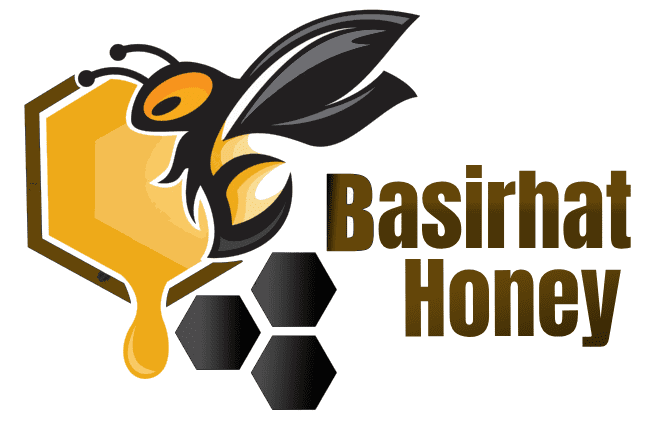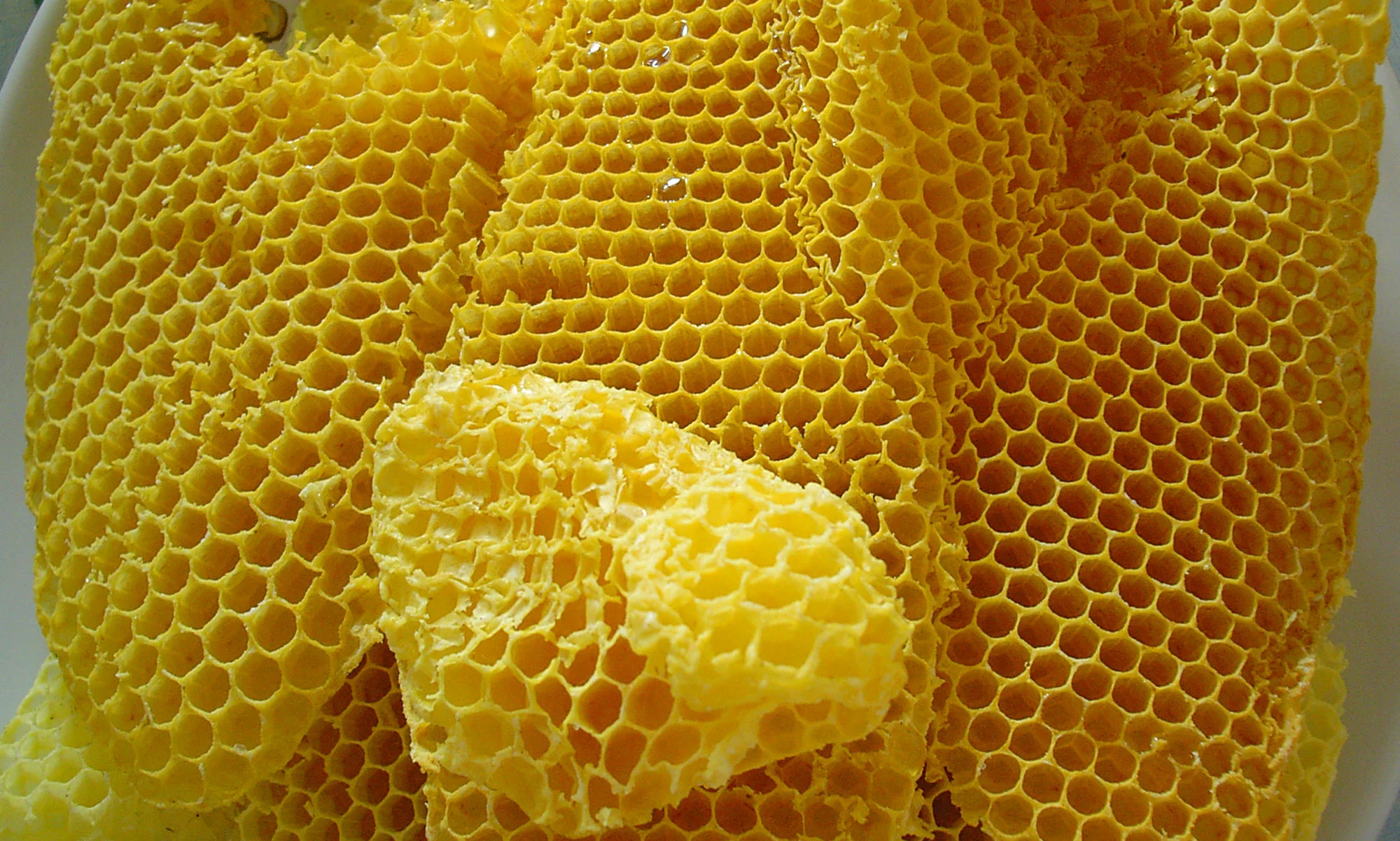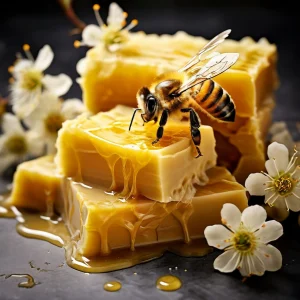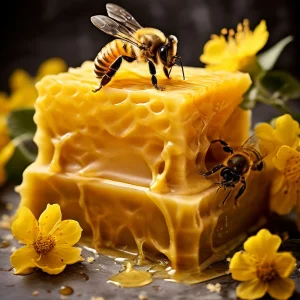Raw Bees Wax
Raw Bees Wax
Beeswax 🐝 is a natural substance made by honeybees 🍯. They use it to build their honeycomb 🧱, where they store honey and raise their young 🐣. Beeswax is golden in color 🌟, smells like honey 🍯, and is used in candles 🕯️, cosmetics 💄, and more. It’s durable and non-toxic, making it highly versatile 🌍.
₹1,450.00 ₹1,199.00
Description
Beeswax 🐝 is a fascinating and versatile natural substance created by honeybees 🍯. It’s secreted from special glands located on the underside of worker bees’ abdomens 🐝, which they use to build their intricate honeycomb structures 🧱. These hexagonal cells serve as storage for honey 🍯 and a nursery for their young larvae 🐣.
Beeswax starts as a nearly colorless material, but as it ages and absorbs pigments from pollen 🌼 and propolis, it takes on a rich golden hue 🌟. Its sweet, honey-like aroma 🍯 is unmistakable, making it a popular choice in products that value natural scents.
In addition to its role in the hive 🏠, beeswax has been cherished by humans for thousands of years. It’s a key ingredient in candle making 🕯️, known for its clean burn and pleasant fragrance. In cosmetics 💄, beeswax is prized for its moisturizing properties, forming a protective barrier on the skin while still allowing it to breathe 🌬️. It’s also used in the food industry 🍎, especially in food wraps 🍃, as a natural alternative to plastic, helping to keep food fresh longer without harmful chemicals.
Beeswax is biodegradable 🌱, non-toxic, and hypoallergenic, making it an eco-friendly 🌍 choice for a wide range of applications. Its durability and flexibility ensure that it remains a go-to material in both traditional and modern uses, from art 🎨 and crafts to industrial applications 🛠️. The production of beeswax is also crucial to the health of bee colonies 🐝, which play an essential role in pollination and maintaining biodiversity 🌸.
Related products
-
- Sale!
- Bees Wax
Bees Wax
-
₹900.00₹750.00 - Enquiry Now




Reviews
There are no reviews yet.